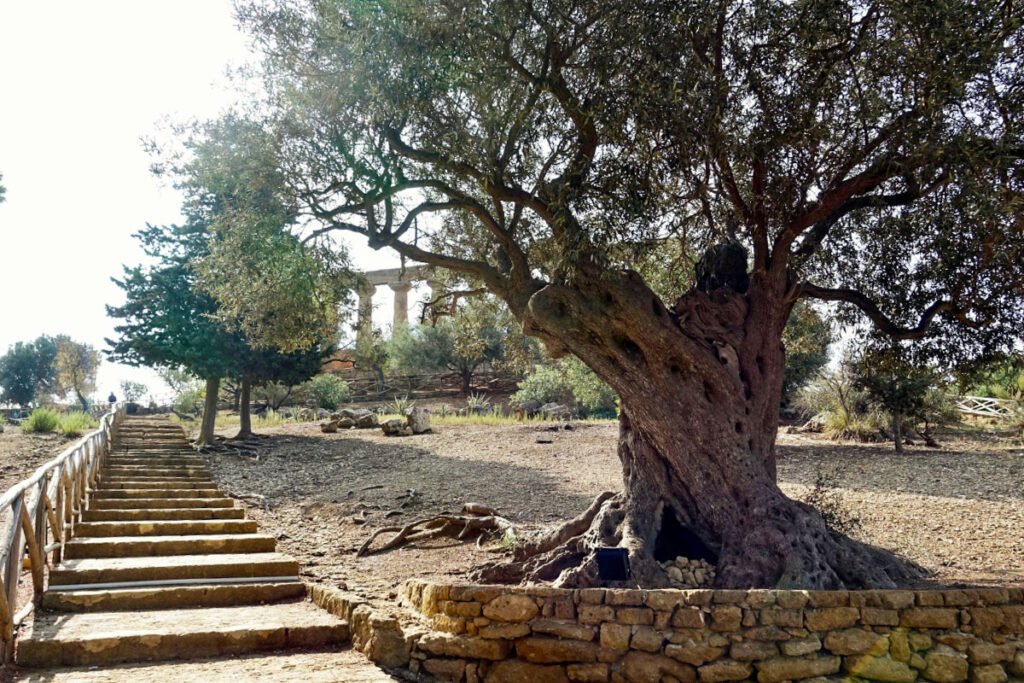Agrigento & Valley of the Temples

After landing in Catania, we drove straight to Agrigento, the starting point for our Sicilian holiday. A larger city and regional hub, Agrigento is a hilltop city on the southwestern coast of Sicily. While there are things to see and do in Agrigento, such as strolling along Via Atenea in the city’s old town, visiting the shops, stopping at the trattorias and bars, and peaking into historic churches tucked into the smaller side streets, Agrigento primarily serves as an excellent base to visit the nearby Valley of the Temples, one of the best-preserved examples of ancient Greek art and architecture outside of Greece and a remarkable testament to the golden age of Greeks in Sicily.
If you are like me and can’t keep track of who was conquering whom in the Mediterranean basin over the centuries, here’s a quick and simplified synopsis of how Sicily came to house the ruins of Greek temples:
The Greeks founded Agrigento, which they called Akragas, in 580 B.C. The town soon grew into one of the predominant cities of the Mediterranean world, with a population estimated at as many as 300,000 inhabitants. During this period of wealth, the famous Greek Doric temples in Valley of the Temples were built. Despite remaining neutral in the war between Athens and Syracuse in 413 BC, Akragas was nonetheless attacked and destroyed by the Carthaginians in 406 BC, and the temples suffered notable damage. Centuries later, the Romans rebuilt the city and named it Agrigentum. The city prospered once again until the fall of the Roman Empire, but fortunately, the remains of the temples were spared. Today, Agrigento is Italy’s Cultural Capital for calendar year 2025 and Valley of the Temples is recognized as a UNESCO World Heritage Site.
Valley of the Temples, or Valle dei Templi in Italian, is an archeological park containing eight Doric temples along with other ruins and ancient monuments located along walking paths lined with centuries-old olive trees. It is not just among Sicily’s main attractions but also one of the most significant architectural sites in the world, and therefore well worth a visit. Wear cool clothing and comfortable shoes – a visit takes three to four hours, and you will walk four to five kilometers.





